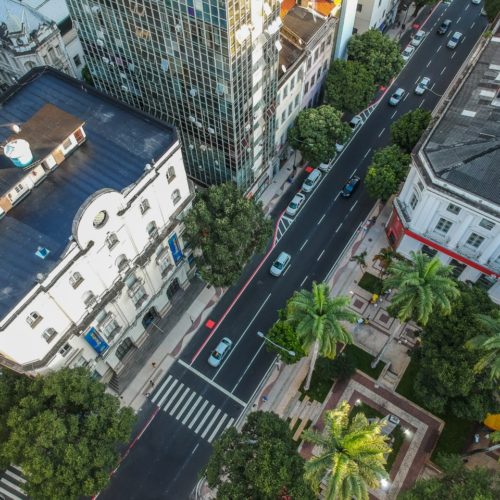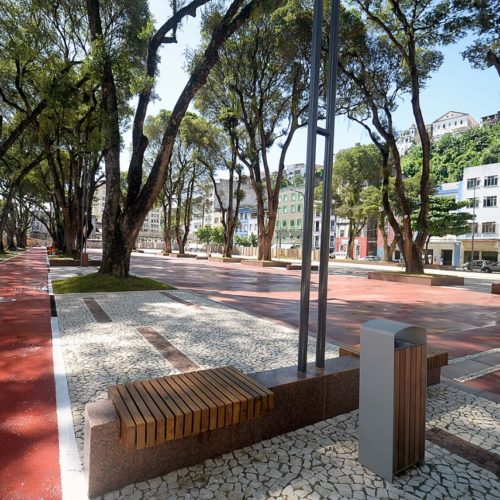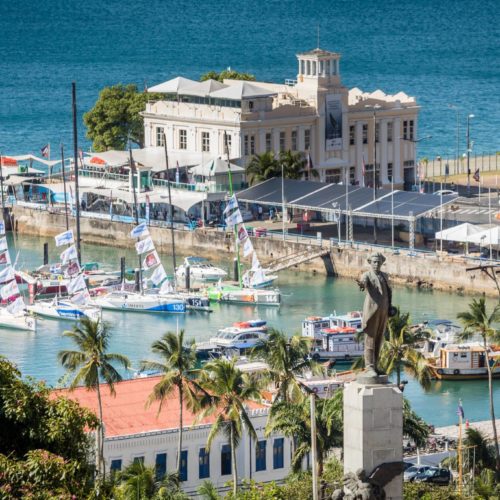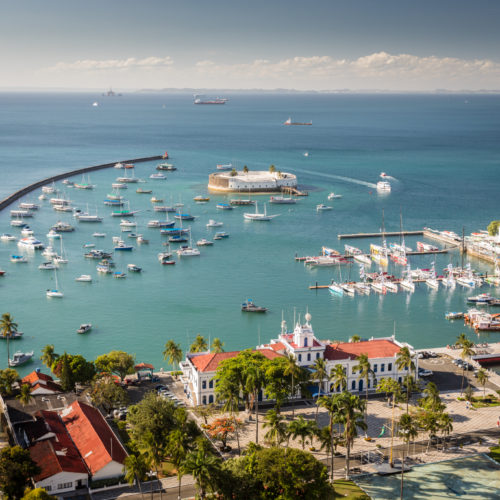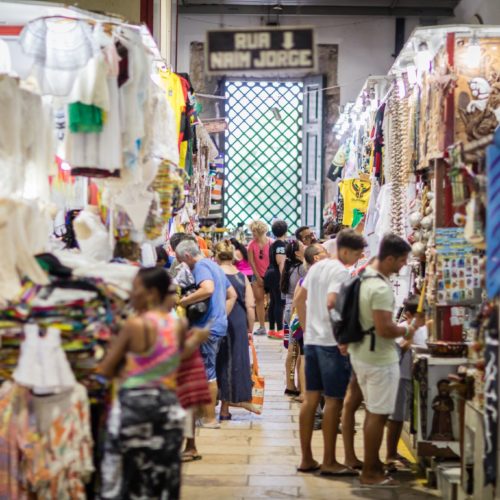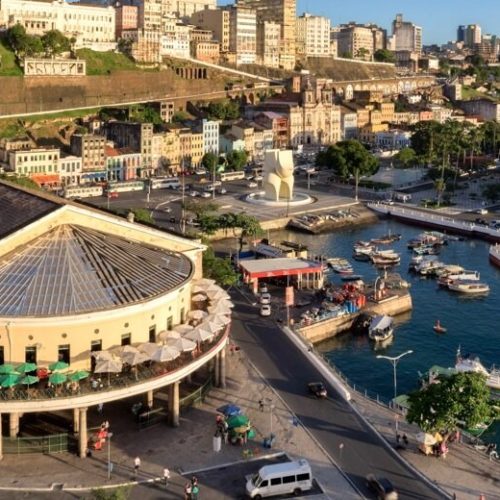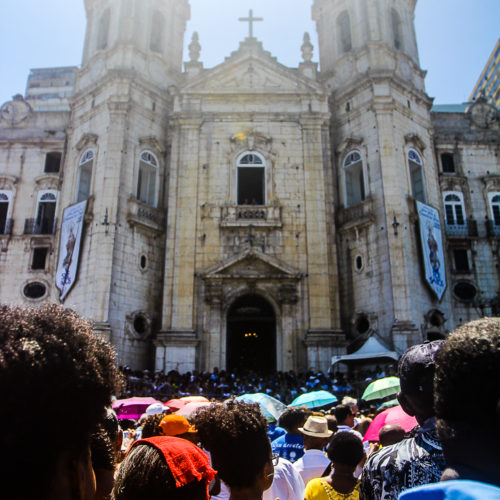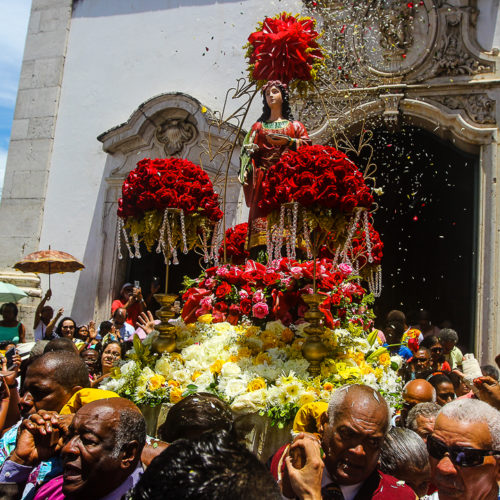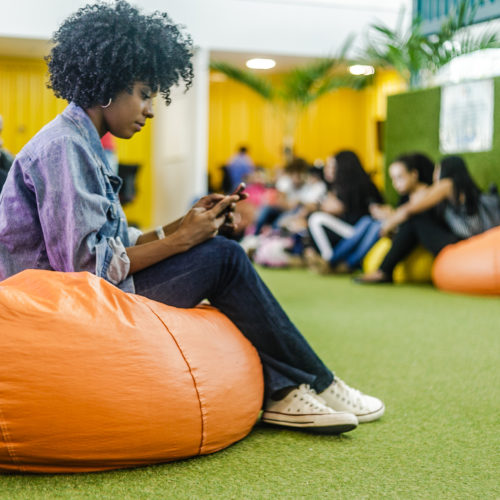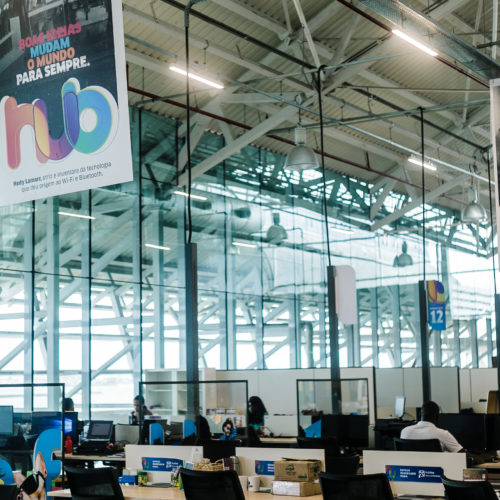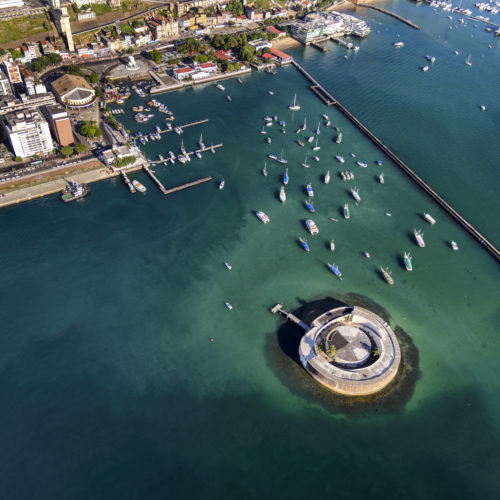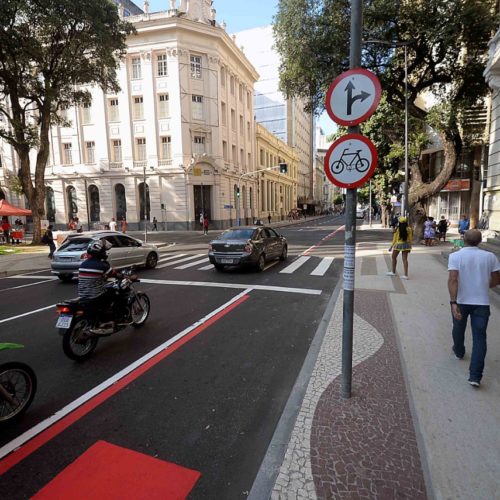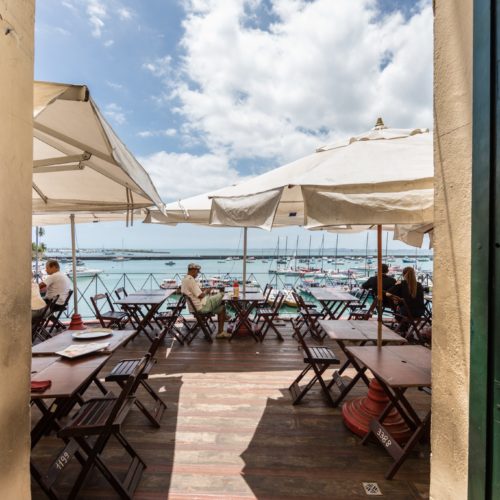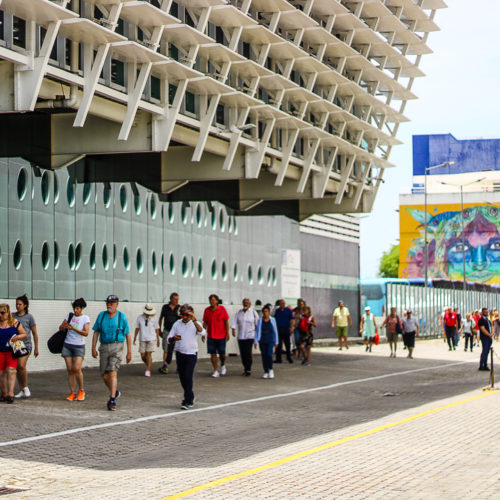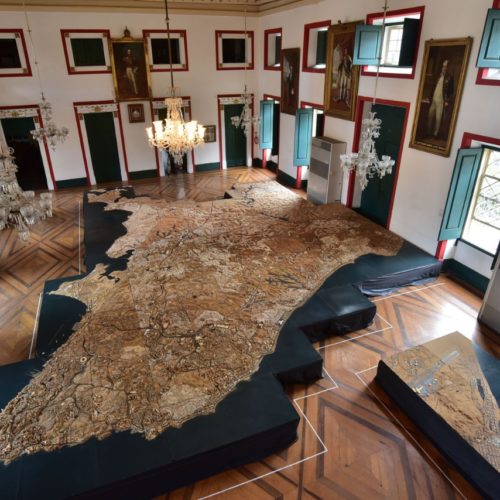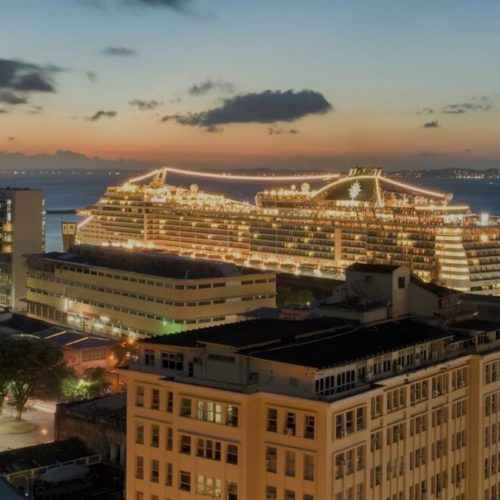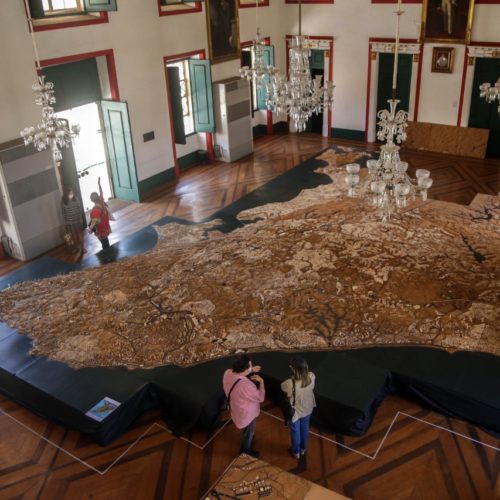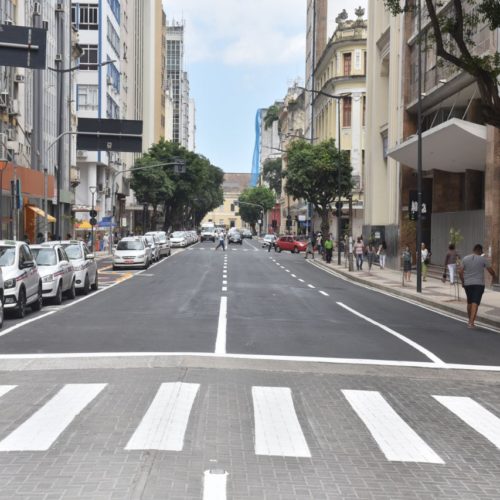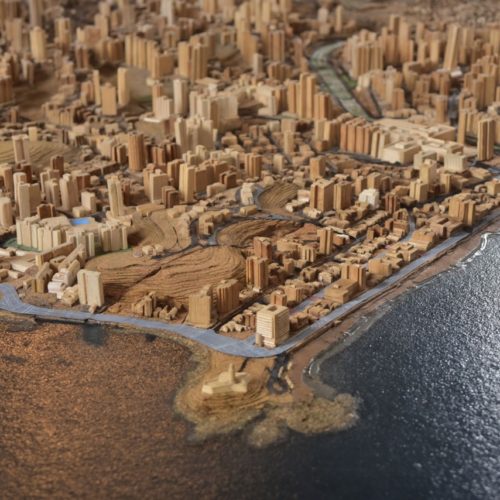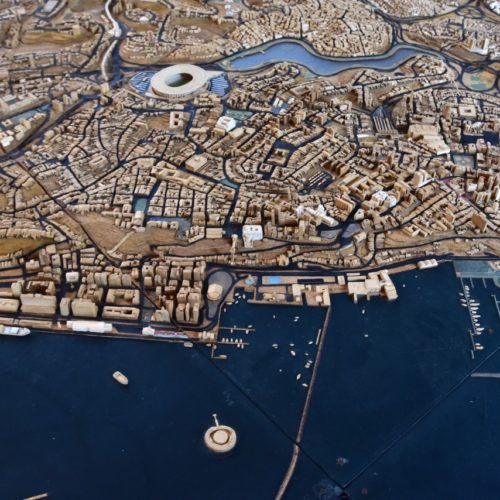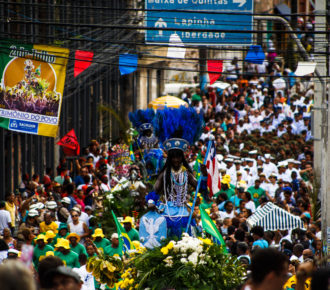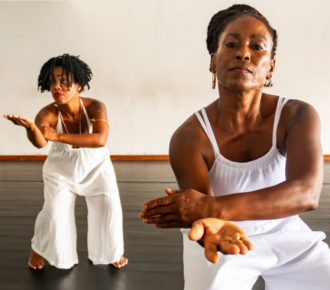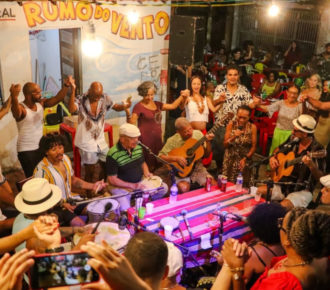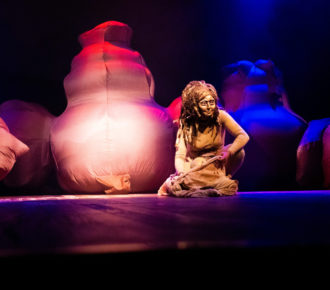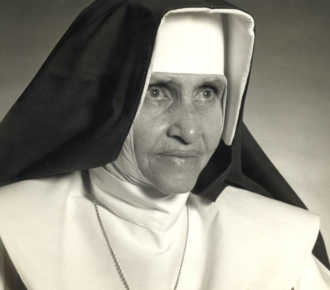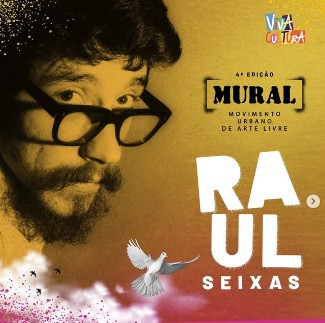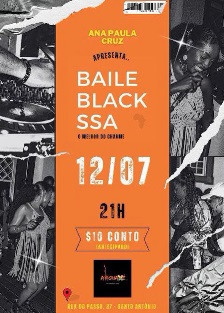
History, technology and faith: Comércio region links Upper City to Lower City
Mercado Modelo, Tourist Terminal and Conceição Church are famous tourist spots
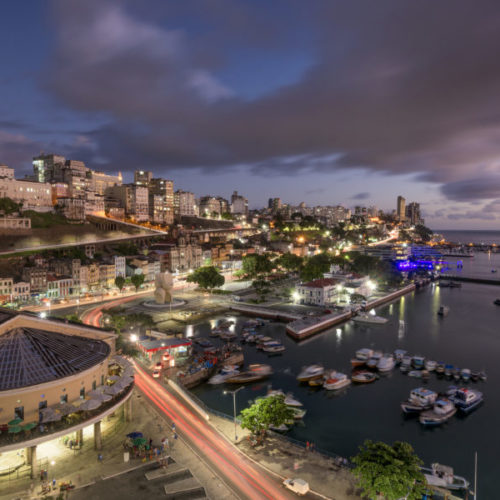
When the royal family fled Portugal, the entourage arrived in Salvador on January 22, 1808. They landed in what is now the Comércio neighborhood, which was the main gateway to reach Salvador by sea at that time. The region serves, until the present day, as the city’s main port of goods.
The emergence of Comércio is linked to the history of the city foundation. In the region, which connects Upper City to Lower City, boats were moored. The neighborhood arose from the construction of the port, which was a point of exchange and sale of goods, and which concentrated the financial activities of Bahia until the beginning of the 20th century.
Comércio was the first organized business district in the country and had absolute prominence in this segment until the 1960s, when Salvador underwent a process of decentralization with the creation of the Administrative Center of Bahia (CAB) and expansion of the Iguatemi and Avenida Tancredo Neves region.
The neighborhood underwent a process of modernization and requalification through improvements in infrastructure, mobility, enhancement of public assets, structuring equipment, in addition to cultural actions. Today, Comércio begins to transform, and receives startups and technology-based companies, such as, for example, HUB Salvador.
The visit to Comércio is a synthesis of what Salvador is: a mixture of modernity, history and heritage. History, technology and faith are brought together in the Comércio region that connects Upper City to Lower City.
In faith
The Church of Our Lady of Conceição da Praia is one of the main churches in Salvador and occupies a prominent place in the Comércio district, right next to the Lacerda Elevator. The church is surrounded by the slopes of Montanha and Preguiça, and its main access is through Avenida Contorno. The nave’s ceiling has a Baroque illusionist design of Italian origin. It was built between 1739 and 1849, in the place where there was a rammed earth chapel, built in 1549 by order of the first governor-general of Brazil, Tomé de Sousa.
Its current construction was made entirely of limestone brought from Portugal. It received the title of minor basilica through the Apostolic Letter Coruscantis sideris, of October 7, 1946, from Pope Pius XII. There, every year, the feast of Our Lady of Conceição da Praia takes place on December 8, and also, in January, it is the starting point for the procession and washing of Senhor do Bonfim and the procession of Bom Jesus dos Navegantes .
Despite being the most famous, it is not the only church of Comércio. The mother church of Our Lady of Pilar, located in the lower part of the neighborhood, is a gem of Bahians faith and devotion. In the church, there is a water source that many consider miraculous for eye care, in the temple that honors Santa Luzia, the protector of vision.
The Chapel of São Pedro Gonçalves do Corpo Santo is home to the Brotherhood of São José do Corpo Santo, which also manages the property in the Comércio neighborhood. It was built in stone and lime masonry and houses an image of Nosso Senhor da Redenção, attributed to Francisco das Chagas, “the Cabra”. It is one of the most important Baroque sculptures in Brazil.
To tour
Those who visit the Comércio district have two mandatory stops. Coming to Salvador and not going up / down the Lacerda Elevator and walking around the Mercado Modelo is the same as going to the Vatican and not seeing the Pope.
Opened in 1873, the Lacerda Elevator was, for many years, the tallest in the world. After its inauguration, it became the main means of transport between Upper City, where the historic center is located, and Lower City, a place of concentration of financial and commercial activities in Salvador.
It is not the only connection way at Comércio. There is also the Gonçalves Inclined Plane, the Pillar Inclined Plane and the Liberdade-Calçada Inclined Plane. In addition to the lifts, there are streets and avenues that make this link.
Inaugurated in 1912, the Mercado Modelo emerged due to the need for a supply center in Lower City in the capital of Bahia. It has 8 thousand square meters and two floors. It houses stores that offer the greatest variety of handicrafts, gifts and souvenirs from Bahia, as well as traditional restaurants such as Maria de São Pedro and Camafeu de Oxossi.
The building is in front of the Nautical Tourist Terminal of Bahia, from where you can take boats to visit the islands of Salvador, and is also next to the headquarters of the Brazilian Navy in Bahia.
Now, you can also enjoy a bike ride there. Start the tour at Praça Cairu, at Mercado Modelo, which looks beautiful after the renovation. Take the opportunity to stroll through Praça da Inglaterra until Praça Marechal Deodoro, popularly known as “Praça do Ouro” or “Praça das Mãozinhas”. There is a cycle path on Avenida Jequitaia, following Travessa do Cais do Ouro, until Rua Torquato Bahia, with good paving, accessibility, parking, bus stops, urban furniture and landscaping. Take a picture in front of the Monument of Nations, better known as the “Monumento das Mãozinhas” (Monument of the Little Hands), responsible for the popular name of this square.
Past and present
In the tourist spots and sculptures of Comércio there are QR Code readers that, through a mobile device, allow you to learn even more about the history of the neighborhood. The neighborhood has hundreds of historic mansions and important buildings for the city.
At sea, not far from the Bahia Nautical Tourist Terminal, a rounded fortress draws attention. This is Forte São Marcelo, a postcard full of charm, built in the early years of the 17th century. With the seal of National Historical and Artistic Heritage, conquered in 1938, it is no wonder that Fort São Marcelo awakens in everyone the desire to see its beauty up close. Since 2011, the fortress has been closed for balance, drawing sighs from those who observe this fortification from a distance.
On land, the building of the Commercial Association of Bahia was inaugurated on January 28, 1817, and is home to the oldest employers’ association in Brazil. With neoclassical style, the palace is designed by Portuguese architect Cosme Damião da Cunha Fidié. The main façade faces Praça Riachuelo, built by the association itself, in 1866. The posterior façade is connected to Praça Conde dos Arcos.
The building currently houses a permanent exhibition of the Salvador mock-up, designed by the architect Assis Reis, who died in 2011. The mock-up, which is in the process of being listed as a cultural and historical heritage in Salvador, is on a 1: 2,000 scale, covering the entire territory of the municipality and is still constantly updated by the city hall.
The neighborhood is also home to SECIS – Secretariat of Sustainability, Innovation and Resilience of Salvador. The super modern building is on Rua da Grécia. The façade, covered with vegetation, has already become a postcard in Comércio, with at least 10 species of vegetables planted in the jars that adorn the entire front of the building.
The place also has more than 20 sustainability items, including solar panels that generate clean energy. The building also has an open-air auditorium on the terrace where some cultural events take place. Keep an eye on their networks for the full schedule. (instagram: @secissalvador).
The Port of Salvador
Almost completely surrounded by the sea, Salvador is a peninsula. From Barra upwards, the Atlantic Ocean. From Barra down, the lush All Saints Bay. This geographical condition allows us to be on the national and international cruise route. The Port of Salvador has historically the third largest number of cruise ship stopovers among the ports of Brazil and this position corroborates the tourist, multicultural, architecturally exuberant and diverse in natural beauty attractiveness. The ship season runs from November to April. Being in Comércio, the location of the Cruise Maritime Terminal is privileged: it gives access to the famous Historic Center of Salvador in less than 10 minutes. For those who go directly to the Bonfim Church, the journey will take no more than 30 minutes, and to Barra, it is a little more than 6 kilometers away.

